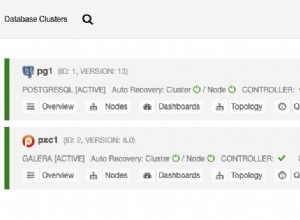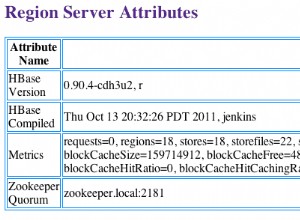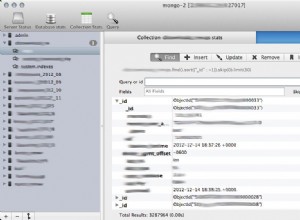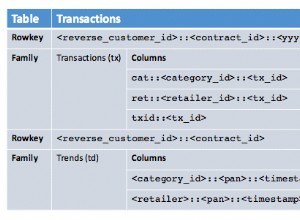Inspirei-me neste https://gist.github.com/mizrael/a061331ff5849bf03bf2 e implementação estendida que funcionou para mim. Eu criei uma implementação falsa da interface IFindFluent e ela tinha uma dependência da interface IAsyncCursor, então eu fiz uma implementação falsa disso também e usando isso no retorno do método simulado que eu queria configurar. Nessa implementação falsa, inicializei um enumerável e o retornei em um método que estou usando. Você ainda pode ser mais criativo e brincar com o que quiser retornar. Até agora isso funcionou para mim.
Aqui está uma implementação falsa.
public class FakeFindFluent<TEntity, TProjection> : IFindFluent<TEntity, TEntity>
{
private readonly IEnumerable<TEntity> _items;
public FakeFindFluent(IEnumerable<TEntity> items)
{
_items = items ?? Enumerable.Empty<TEntity>();
}
public FilterDefinition<TEntity> Filter { get => throw new NotImplementedException(); set => throw new NotImplementedException(); }
public FindOptions<TEntity, TEntity> Options => throw new NotImplementedException();
public IFindFluent<TEntity, TResult> As<TResult>(MongoDB.Bson.Serialization.IBsonSerializer<TResult> resultSerializer = null)
{
throw new NotImplementedException();
}
public long Count(CancellationToken cancellationToken = default)
{
throw new NotImplementedException();
}
public Task<long> CountAsync(CancellationToken cancellationToken = default)
{
throw new NotImplementedException();
}
public long CountDocuments(CancellationToken cancellationToken = default)
{
throw new NotImplementedException();
}
public Task<long> CountDocumentsAsync(CancellationToken cancellationToken = default)
{
throw new NotImplementedException();
}
public IFindFluent<TEntity, TEntity> Limit(int? limit)
{
throw new NotImplementedException();
}
public IFindFluent<TEntity, TNewProjection> Project<TNewProjection>(ProjectionDefinition<TEntity, TNewProjection> projection)
{
throw new NotImplementedException();
}
public IFindFluent<TEntity, TEntity> Skip(int? skip)
{
throw new NotImplementedException();
}
public IFindFluent<TEntity, TEntity> Sort(SortDefinition<TEntity> sort)
{
throw new NotImplementedException();
}
public IAsyncCursor<TEntity> ToCursor(CancellationToken cancellationToken = default)
{
throw new NotImplementedException();
}
public Task<IAsyncCursor<TEntity>> ToCursorAsync(CancellationToken cancellationToken = default)
{
IAsyncCursor<TEntity> cursor = new FakeAsyncCursor<TEntity>(_items);
var task = Task.FromResult(cursor);
return task;
}
}
public class FakeAsyncCursor<TEntity> : IAsyncCursor<TEntity>
{
private IEnumerable<TEntity> items;
public FakeAsyncCursor(IEnumerable<TEntity> items)
{
this.items = items;
}
public IEnumerable<TEntity> Current => items;
public void Dispose()
{
//throw new NotImplementedException();
}
public bool MoveNext(CancellationToken cancellationToken = default)
{
throw new NotImplementedException();
}
public Task<bool> MoveNextAsync(CancellationToken cancellationToken = default)
{
return Task.FromResult(false);
}
}
Aqui está como eu configurei meu método simulado para retornar o que eu queria para meu teste de unidade.
mockParticipantRepository
.Setup(x => x.FindByFilter(It.IsAny<FilterDefinition<Participant>>()))
.Returns(new FakeFindFluent<Participant, Participant>(participantsByRelation));
Espero que isto seja útil.




